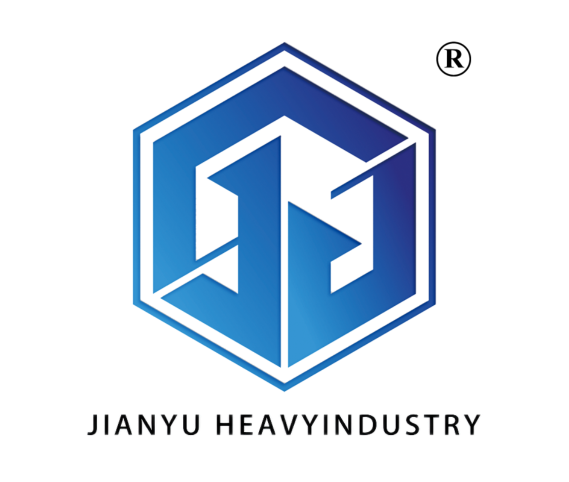Revolutionizing Industrial Processes with Advanced Air Technology
The manufacturing sector is witnessing a transformative shift in how compressed air systems operate, largely due to the emergence of magnetic levitation blower technology. This innovative approach to air compression represents a significant leap forward from conventional bearing systems, offering manufacturers unprecedented levels of efficiency and reliability. As industries worldwide seek more sustainable and cost-effective solutions, magnetic levitation blower systems have emerged as a groundbreaking solution that addresses multiple operational challenges simultaneously.
At its core, a magnetic levitation blower utilizes magnetic fields to suspend the rotating shaft in mid-air, eliminating mechanical contact and the associated friction. This fundamental principle has far-reaching implications for manufacturing operations, from energy consumption to maintenance requirements. The technology has already begun to reshape how facilities approach their compressed air needs, with early adopters reporting remarkable improvements in their operational metrics.

Core Advantages of Magnetic Bearing Technology
Enhanced Energy Efficiency and Cost Savings
One of the most compelling benefits of implementing a magnetic levitation blower system is the substantial reduction in energy consumption. Traditional blower systems rely on mechanical bearings that generate friction, requiring additional energy to overcome these forces. In contrast, magnetic levitation eliminates physical contact between moving parts, resulting in energy savings of up to 30% compared to conventional systems.
The financial implications of this improved efficiency are significant. Manufacturing facilities operating magnetic levitation blowers typically see a return on investment within two to three years, purely from energy cost savings. These savings continue to accumulate throughout the system's lifetime, making it an increasingly attractive option for operations looking to optimize their long-term cost structure.
Maintenance Reduction and Operational Reliability
The absence of mechanical wear in magnetic levitation blower systems translates directly into reduced maintenance requirements and enhanced reliability. Traditional blowers require regular bearing replacements, oil changes, and mechanical adjustments – all of which become unnecessary with magnetic levitation technology. This results in significantly lower maintenance costs and decreased downtime for repairs.
Manufacturing facilities using magnetic levitation blowers report up to 90% reduction in maintenance-related expenses and interventions. The elimination of oil-based lubrication systems also removes the risk of oil contamination, making these systems particularly valuable in industries requiring pristine air quality, such as pharmaceutical and food manufacturing.
Environmental and Performance Impacts
Sustainable Manufacturing Practices
As environmental considerations become increasingly central to manufacturing decisions, magnetic levitation blower technology offers significant advantages. The reduced energy consumption directly translates to lower carbon emissions, while the elimination of oil-based lubrication systems prevents potential environmental contamination. These features align perfectly with sustainable manufacturing initiatives and environmental compliance requirements.
Moreover, the longer operational lifespan of magnetic levitation blowers means fewer replacement parts entering the waste stream. This reduction in material consumption and disposal requirements further enhances the technology's environmental credentials, making it an ideal choice for manufacturers committed to reducing their ecological footprint.
Superior Performance Metrics
The performance capabilities of magnetic levitation blowers extend beyond basic efficiency metrics. These systems offer precise control over air output, allowing manufacturers to fine-tune their processes with unprecedented accuracy. The ability to maintain consistent air pressure and flow rates leads to improved product quality and reduced waste in manufacturing processes.
Advanced monitoring capabilities inherent in magnetic levitation systems provide real-time performance data, enabling predictive maintenance and optimal operation. This level of control and monitoring helps manufacturers maintain peak performance while preventing unexpected system failures.
Implementation Considerations and Future Outlook
Integration Strategies
Successfully implementing a magnetic levitation blower system requires careful planning and consideration of existing infrastructure. While the initial investment may be higher than traditional systems, manufacturers must evaluate the total cost of ownership, including reduced operational costs and maintenance savings. The integration process typically involves a comprehensive assessment of current air requirements, future capacity needs, and facility infrastructure.
Many facilities opt for a phased implementation approach, gradually replacing older systems with magnetic levitation technology as part of their regular equipment upgrade cycle. This strategy allows for better budget management while providing opportunities to validate the technology's benefits in real-world applications.
Future Technology Developments
The magnetic levitation blower market continues to evolve, with ongoing innovations improving system capabilities and efficiency. Manufacturers can expect to see advancements in control systems, further increases in energy efficiency, and expanded application possibilities. The integration of Industry 4.0 technologies is also enhancing these systems' ability to communicate with other manufacturing equipment and contribute to overall facility optimization.
As the technology matures, we're likely to see broader adoption across different manufacturing sectors, potentially leading to reduced implementation costs and expanded capabilities. This evolution will further strengthen the business case for magnetic levitation blower adoption in manufacturing operations of all sizes.
Frequently Asked Questions
How long does a magnetic levitation blower typically last?
Magnetic levitation blowers generally have a longer operational lifespan compared to conventional systems, typically lasting 15-20 years with proper maintenance. The absence of mechanical wear significantly contributes to this extended service life, making them a durable long-term investment for manufacturing facilities.
What industries benefit most from magnetic levitation blower technology?
While beneficial across many sectors, industries requiring clean, oil-free air and precise pressure control see the greatest advantages. This includes pharmaceutical manufacturing, food processing, electronics production, and chemical processing facilities. However, any industry seeking to reduce energy consumption and maintenance costs can benefit from this technology.
What maintenance requirements exist for magnetic levitation blowers?
Maintenance requirements are minimal compared to traditional systems. Regular inspections of the control system, air filters, and cooling components are typically sufficient. The absence of mechanical bearings and oil-based lubrication systems eliminates many traditional maintenance tasks, significantly reducing both maintenance time and costs.

